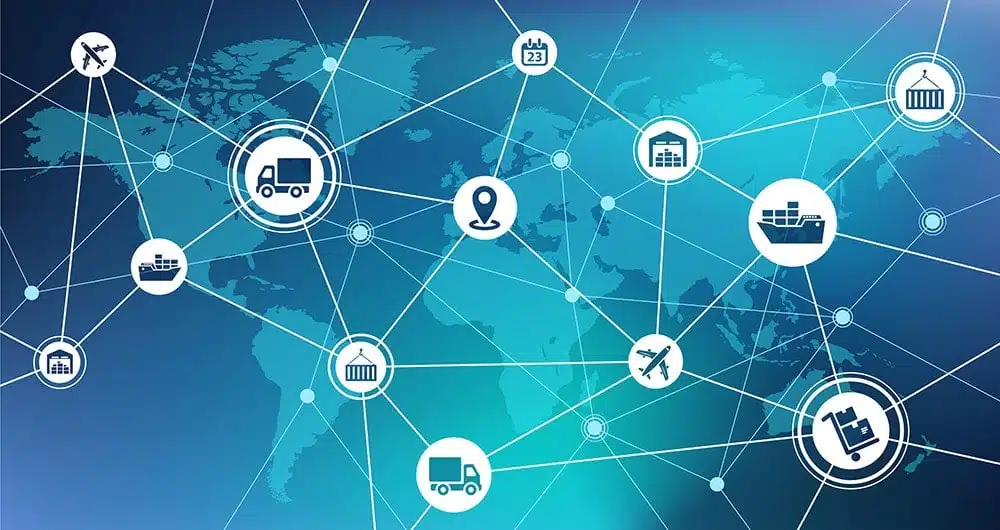Supply chains are the lifeblood of the modern global economy. Once straightforward and contained, they have become increasingly complex, vast, and vulnerable. In the age of cyber threats and multi-tiered networks, safeguarding these lifelines requires a new set of tools and practices. These tools can be easily accessible by adopting products such as Cyber Exposure Management. Let’s explore the key components of this new landscape.
The Rise of the Machines: Automated Asset Discovery
In a world where manual inventory of internet-exposed assets becomes an almost Herculean task, Automated Asset Discovery shines as the knight in shining armor. It’s more than a convenience; it’s a shield.
Imagine a vast digital landscape filled with servers, devices, software, and services. Now, imagine having automated tools that can scan and identify these assets, keeping a vigilant eye on them. This constant vigilance is essential, considering the continuous expansion of potential entry points for attackers. Automated Asset Discovery acts as a never-sleeping sentinel, ensuring that the supply chain’s fortifications are intact.
A Constant Watch: Continuous Risk Assessment
The digital realm is ever-changing, and so are the risks that lurk within. The Continuous Risk Assessment acts as the alarm system. It doesn’t just alert; it anticipates.
By continually monitoring potential risks, an organization can feel the heartbeat of its security. It senses the shift in the landscape as new assets emerge and old ones evolve. This unbroken awareness guarantees that the unexpected doesn’t become the unmanageable.
The Art of Decision Making: Intelligent Risk Prioritization
Identifying risks is one thing; knowing what to do with them is another. Intelligent Risk Prioritization is the general in the battlefield, deciding where to focus the efforts.
It’s not just about patching vulnerabilities; it’s about understanding which ones can turn into disasters. By funneling resources to the most significant risks first, organizations ensure that they are fighting the right battles at the right time.
Mapping the Battlefield: Potential Vulnerabilities & Attack Vectors
A good warrior knows his terrain. Understanding Potential Vulnerabilities & Attack Vectors means knowing the battleground and all its hidden paths.
These paths include known vulnerabilities and even the unknown, potential zero-day exploits. By staying ahead of the game, organizations maintain an edge over potential threats, allowing them to respond and neutralize threats before they take root.
Daily Scouting: Daily Attack Surface Discovery
Daily Attack Surface Discovery is the reconnaissance mission that never ends. By continually scanning and evaluating, it ensures that the organization is never caught off guard.
This is not just about defense; it’s about being proactive. This vigilance ensures that every day, the organization is one step ahead of its potential adversaries.
Conclusion: The Future of Supply Chain Security
Securing the supply chain is a dance with a dynamic partner. It requires finesse, foresight, and a set of tools and practices that are as fluid and adaptable as the risks they aim to mitigate.
With solutions like ResilientX Risk Monitoring and Security Testing users can automat Asset Discovery, Continuous Risk Assessment, and Intelligent Risk Prioritization, and organizations can arm themselves for the future of a secure supply chain.
The world of supply chain is complex, and so are its risks. But with the right strategies, technology, and vision, it is not just a battlefield but a thriving ecosystem, resilient and ready for whatever comes next.
Lucas Noah, armed with a Bachelor’s degree in Information & Technology, stands as a prominent figure in the realm of tech journalism. Currently holding the position of Senior Admin, Lucas contributes his expertise to two esteemed companies: OceanaExpress LLC and CreativeOutrank LLC. His... Read more
